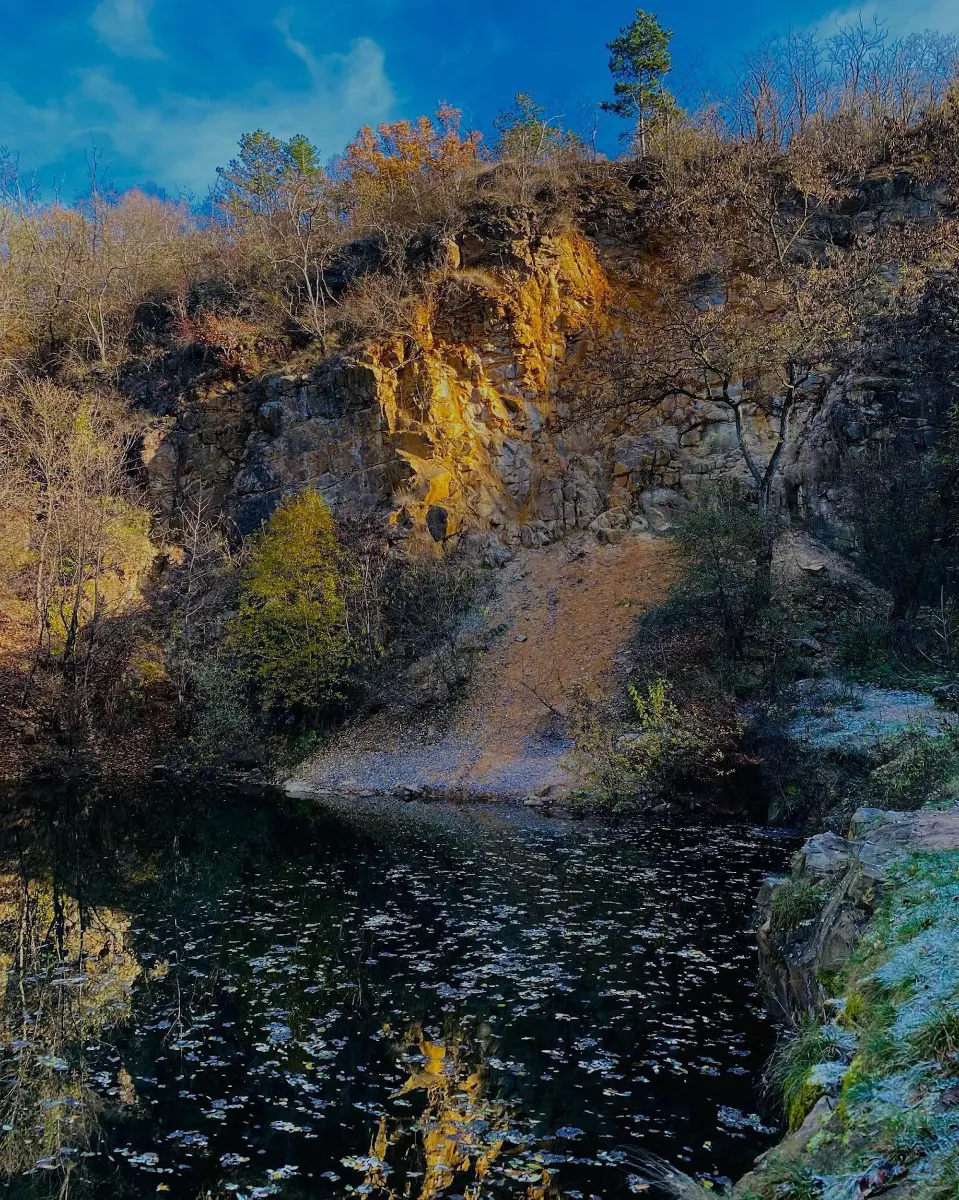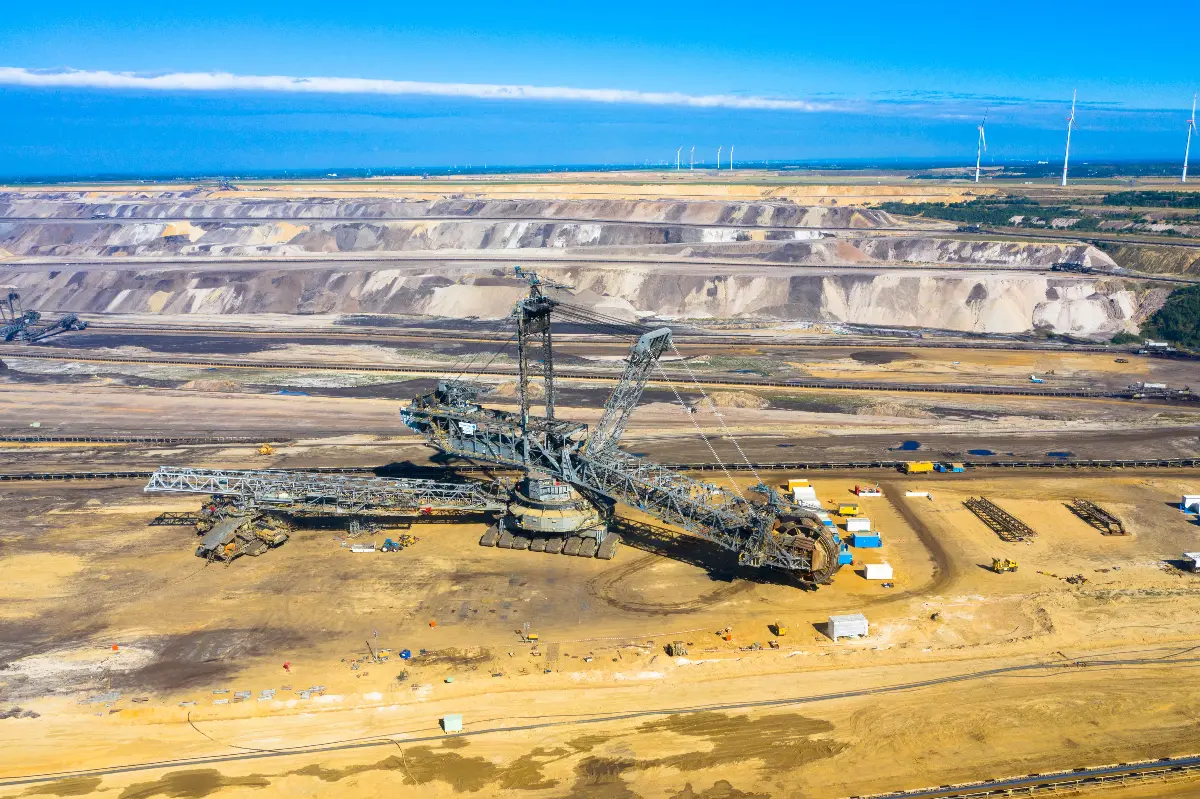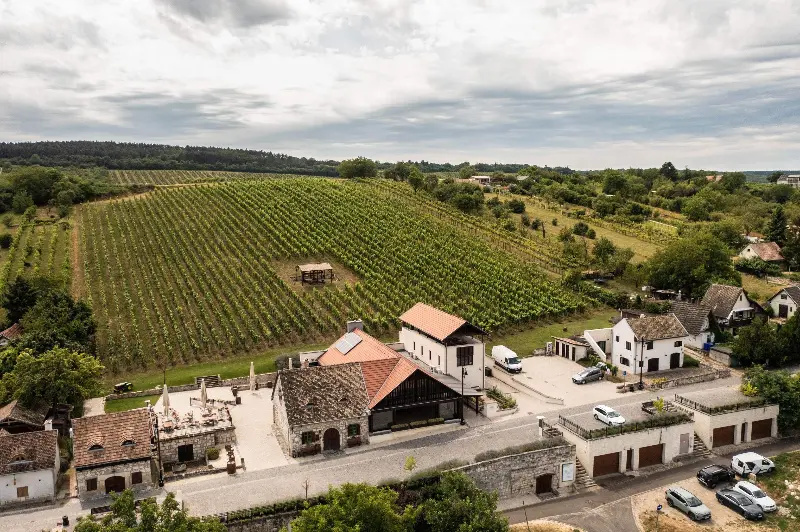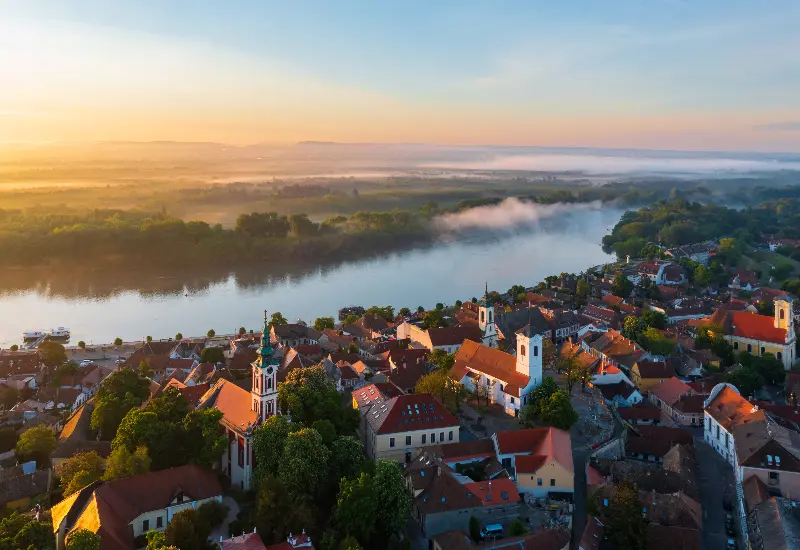
Helyszín címkék:
Remains after mining: the Apc Tarn and the Rózsaszentmárton Memorial House
Bóday Csilla
Apc
At the southern foot of the Mátra, in the valley of the picturesque Zagyva River, lies Apc, a village founded in the Árpád-era. The first written mention of the settlement is found in the papal tithe register of 1332-37. At that time the village was owned by Gergely, son of Detric of the Opuz family. Among its 15th century owners, the Szántai, Cserői and Radnóti families are known. In the time of King Matthias, Apc was already a well-developed village, thriving from agriculture and viticulture. The area was used by the King's famous falconers, and the surrounding mountains were a frequent location for hunting. (One theory says that the Somlyó Hill owes its name to a typo, as it is possible that Matthias' clerks made a mistake and intended to write “the Sólyom Hill” – “sólyom” means “falcon” in Hungarian.)
Tarn
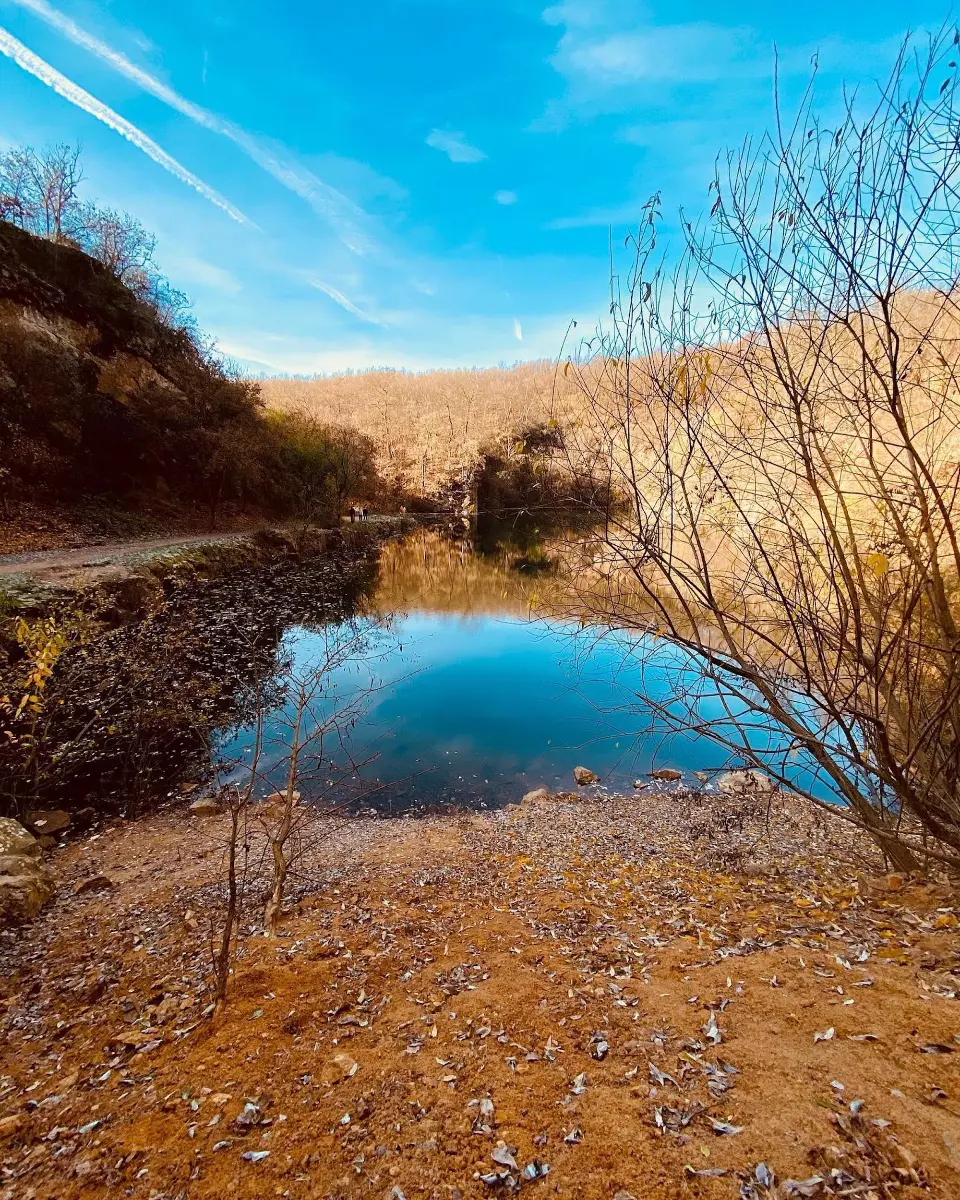
In the northern corner of this Heves County village, the crystal-clear Széleskő pit lake can be found, which is known locally as “Tengerszem” (Tarn). As a result of the search for building materials, in 1875 an andesite mine was opened on the outskirts of the settlement, which operated until 1960. The mine pit has slowly filled with rainwater and groundwater, and although it is the result of human activity, it does resemble a tarn. The Apc Tarn, with its 25 metres of surrounding woodland, has been a natural reserve of local importance since 1995. This wonderful natural spectacle has become more and more famous, but fortunately it is still only visited by so many people that the wild beauty of the landscape, the “basket of rocks” in the forest hiding the crystal-clear water could be preserved. The colours of the lake follow the play of light, time of day and season, with variations of blues, greens and turquoise colours beyond description. In this quiet harmony, you can relax by the water and admire this gift of nature.
Lignite Mining Memorial House in Rózsaszentmárton
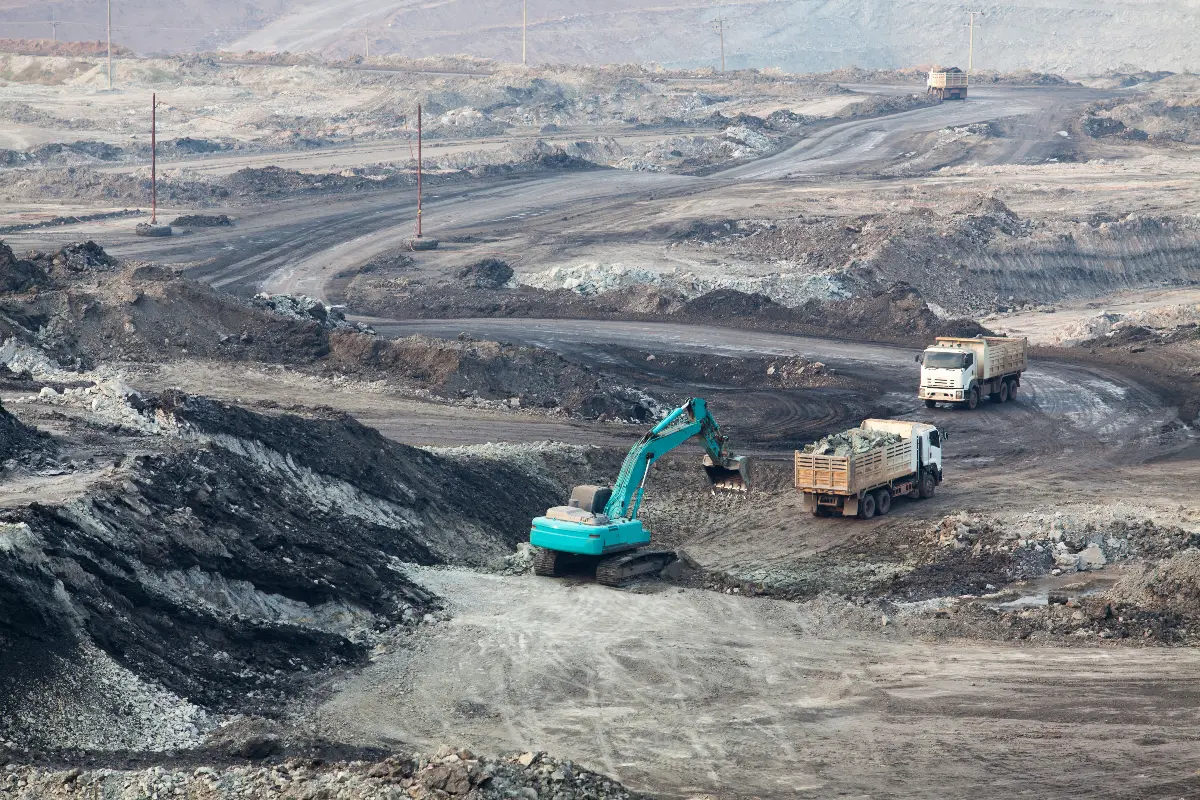
Though the origin of the name Apc is uncertain, there is no doubt why the village of Rózsaszentmárton with its thousand-year-old history, located not far from Apc, was given this name in Christianity: the village, at the foot of the Somlyó Hill at the lower part of the Mátra in the valley of the Ágói stream, was named after both the fragrant rose bushes growing on the outskirts of the settlement and the patron saint of its church in the 19th century. The locals, making their fortune from lignite mining for a long time, has gathered the relics that faithfully represent their industrial past in a memorial house. The 140-year-old building, which houses the exhibition, used to be a school, but eventually it was left to stand derelict. The locals and the old miners fixed it up. It was opened in 2008, and since then it has been a museum, with an exhibition on the miners' life, their habits, their living space and their clothing. The collection is not only about the mining life of Rózsaszentmárton, but also commemorates all the mining activities in the lower Mátra. In the exhibition hall, visitors can see a wooden statue of Saint Borbala, the patron saint of hewers (the miners who cut the coal from the mine). You can also see hand tools, miner's ladders, a model of the Power Plant in Visonta and lifelike models of the excavators used in the past. A series of slides owned by an elderly local miner have been digitised by the municipality through a competition, and are also presented in the exhibition. Workbooks and textbooks written during the active period, local models, old photographs, descriptions of extraction techniques and minerals are also on display. In the courtyard, there is an open-air exhibition of mining machines, trucks and a shaft entrance.
